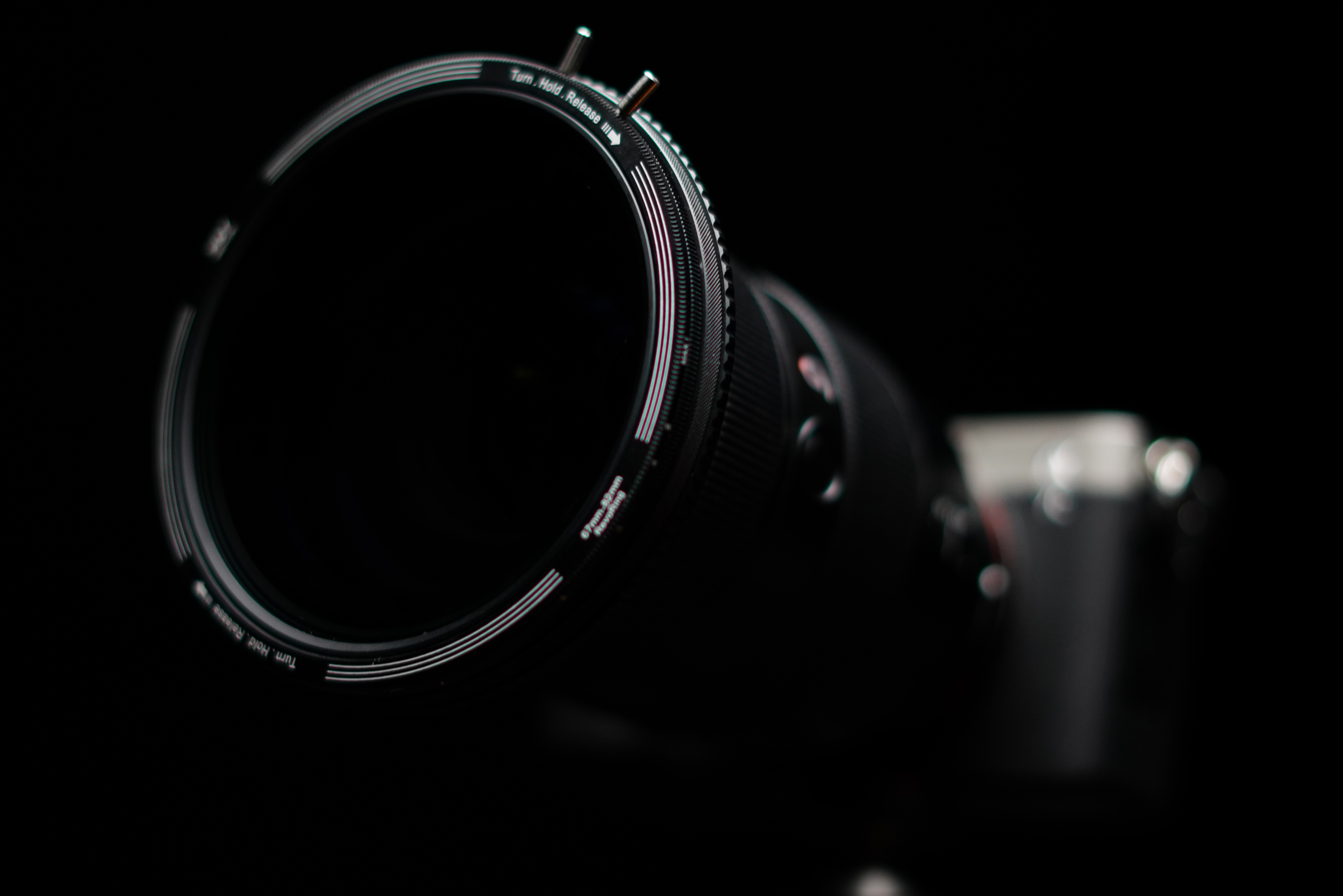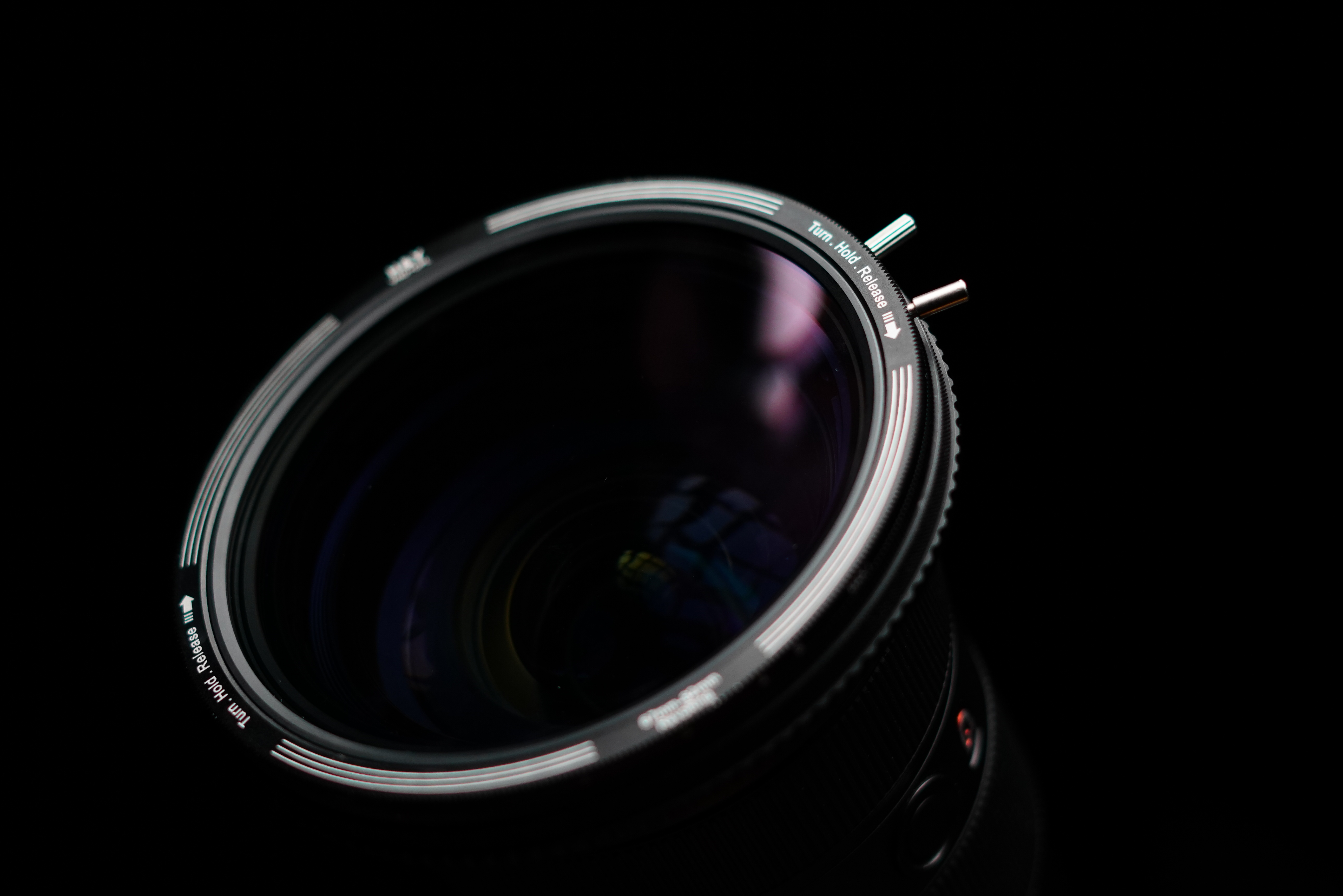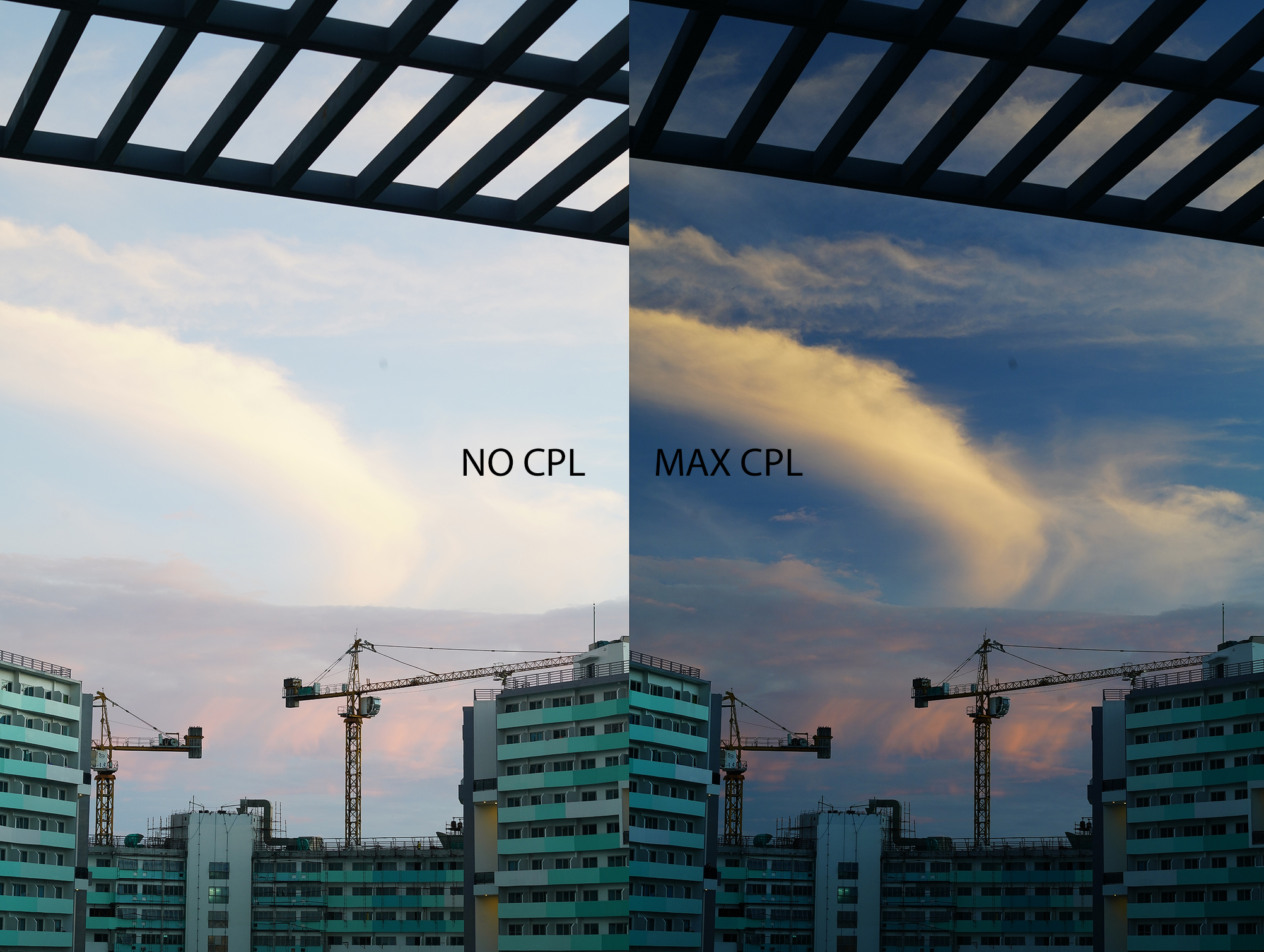What exactly can the H&Y Revoring do and how does it work? This unique type of filter from H&Y has definitely turned a lot of heads due to its unique design and how it solves a problem that generations of photographers (who use filters) have had for a while. In this review let’s check out how the H&Y Revoring works, what are its limitations, and what instances is it useful in.
The Problem
If you’re someone who has been shooting with different kinds of filters on different sizes of lenses, you would know that it can be a bit of a hassle to have filters for all the lenses that you have. Specifically when your lenses vary in size. If you wanted to make sure that you would be able to achieve the effect of each kind of filter on each lens that you had, you would either have to purchase each variant in all the sizes that your lenses come in. Another option is to buy the largest filter you need and use a step-up adapter ring for all the smaller lenses. However, the space added by the step-up adapter between your lens and the filter can result in unwanted flare. Because of that, circular filters have been less practical and less economical to use.
The Solution
While variable ND filters and Black Mist filters aren’t entirely new, it is the form that they come in that makes this product remarkable. The Revoring’s design makes it finally possible to avoid the filter thread problem and reduce the number of filters you would need no matter how many lenses you own.

Revoring 67mm-82mm on a Sony 24-70mm f/2.8 GM (82mm filter size)
The Revoring has a uniquely designed mounting mechanism compared to traditional circular filters. In the default position, the mounting thread is at its maximum size (82mm for this particular variant). However, as you rotate the outer ring counter-clockwise the thread contracts to adapt to smaller sizes. The Revoring comes in 5 different sizes that cover multiple ranges of filter sizes. 37-49mm, 46-62mm, 67-82mm, and 82-95mm. Though one size does not fit all possible lenses, each range covers at least three conventional filter sizes. Realistically, depending on what camera system you use, lenses come with filter threads within one or two consecutive ranges (for example, most full frame lenses come with 67mm, 72mm, 77mm, or 82mm) thereby reducing the number of necessary sizes significantly.
Mounting
For a demostration of mounting and thread adjustment you can refer to the video review above
This unique mounting mechanism takes a bit of getting used to. While traditional circular filters require only aligning the threads and turning until it tightens, the Revoring works quite differently. Mounting the Revoring involves rotating the second layer to contract the thread to a size smaller than that of your lens (or simply to the smallest size), aligning the threads, and releasing to let it expand to the appropriate diameter. After which, locking only requires about a 45 degree turn.
Using the Circular Polarizer
This combination filter has a range of applications and the circular polarizer is perhaps the most versatile of all of its components. Circular Polarizers or CPL filters are used to change the direction of light to achieve various effects. The redirection of light allows you to manipulate reflections in water and foliage to either intensify or reduce them. This leads to reducing glare to reveal more detail in affected areas, or to intensify reflections in surfaces of water. Another function of CPL filters is to intensify the contrast of the sky in certain conditions. The redirection of light reduces glare in the sky thereby intensifying the blue color of the sky and increasing contrast against the brighter white clouds.

Rotate the 2 handles together to adjust polarization only
To use the CPL on the Revoring CPL-VND filter, the user has to simply rotate the two outer glass layers together. This way, only the CPL effect is being adjusted and no ND filter effect is added.
A common problem encountered with CPL filters is over polarization. This occurs when it is used with wide-angle lenses and the area of polarization is too small for the frame. As a result, one would see an almost triangular gradient in the frame that does not go with the direction of light.

CPL only at 24mm
Using the Variable ND Filter
Variable ND filters are very handy tools due to their flexibility. Instead of buying many different variants of ND filters and stacking them one over the other, Variable ND filters reduce them to a single filter to cover everything within its range. If it weren’t for the optical limitations, this kind of filter would have made all traditional ND filters obsolete.

Two outer layers made up of polarizers
Variable ND filters are mostly used for photography workflows that prioritize the widest aperture when shooting in very bright situations. This is applicable for shooting portraits, still life, macro, and many more. VND filters are also commonly used in video to be able to slow down the shutter speed to match with the frame rate and achieve motion blur.
On the other hand, landscape photographers seldom use variable ND filters due to the optical limitation of the glass.
Cross Polarization Artifact
VND filters typically make use of two layers of polarizer glass that create the effect of an ND filter depending on their alignment. VND filters often have a range of about 4-6 stops while some go as far as 10 stops. The reason why there are limitations in the use of VND filters, especially those with more density is the appearance of a cross-like artifact that covers the entire frame when set to 6 or more stops. This cross artifact often has a more consistent area covering about 30% of the frame when shooting with wide lenses and is gradually reduced as the focal length increases.

Wide angle test shots from 0 to 10 stops
For the Revoring CPL + VND combination filter, the cross appears around 5-6 stops when using a wide angle lens. This becomes more subtle at normal range (35mm to 50mm), even more at 70mm, and disappears at around 85mm and beyond.

Cross polarization changes with focal length
Color Shift

Warm shift from CPL
Color shifts commonly occur with heavier ND filters as a side effect of the tint that reduces the entry of light. For combined CPL and VND filters, it is also common to see a bit of color shift from the CPL filter at maximum effect. For the Revoring CPL + VND filter there is a noticeable warm color shift when using the CPL at maximum effect and a noticeable shift towards blue. This is appreciated when using a standard white balance temperature however the camera might automatically compensate for the shift if using auto white balance. Either way, the shift in color can be corrected through compensation either on camera or in post.

Blue shift with VND directly proportional to density
Application and Limitations
Given the findings on the appearance of the cross artifact and color shift, there are generally some limitations for use depending on the intended effect. In general, using the variable ND filter would be limited to a maximum of 5 stops when using wide angle lenses and generally anything wider than 70mm. This means that the filter is usable with wide lenses up to about 4-5 stops. With longer focal lengths 85mm and beyond, the filter should be more usable even up to maximum effect without getting the cross artifact. However, there will possibly be a need for white balance compensation for color shift.
In application, this means that the filter can be used mainly for the purpose of either keeping aperture wide open or slowing the shutter speed down for video especially when shooting with wide lenses. These uses rarely ever require anything beyond 6 stops. Within this kind of use there should be no cross artifact and barely any color shift.

For the purpose of shooting long exposures for landscape and outdoor photography, the same limitations apply. Given that shooting long exposure might require more stops, the limitations of the filter might be more significant. This means that shooting with a wide lens can only be done up to 5 stops which is greatly limiting in bright situations. Otherwise, long exposure with a telephoto can definitely be done.
The H&Y Revoring comes in 3 variants. A bare Revoring adapter that can be used on any circular filters regardless of brand, A Revoring CPL + VND combo as discussed above, and a recently added Revoring Black Mist filter variant.
What I Liked:
- Unique adjustable filter thread
- Tempered Glass
- Manageable color shift
What I Didn't Like:
- Cross Polarization at 6 stops with a wide-angle
- Protective case sold separately







Thank you for the effort! (Very) wide angle and polarizing filters don't go along well. I prefer traditional ND-filters.
that's true. It's a matter of weighing out the limitations based on what you intend to use it on
I backed this on Kickstarter and it was a great idea, and almost great execution. When I screw my RevoRing onto a lens, if I turn too much, it resets to a loose fit. I still use it here and there but this one issue always bothers me.
Thats true. I actually dropped it during the first time I was testing it. When it's actually attached with the right tightness, it's holds really well so it just requires getting used to it.